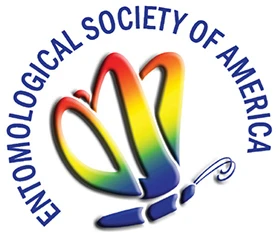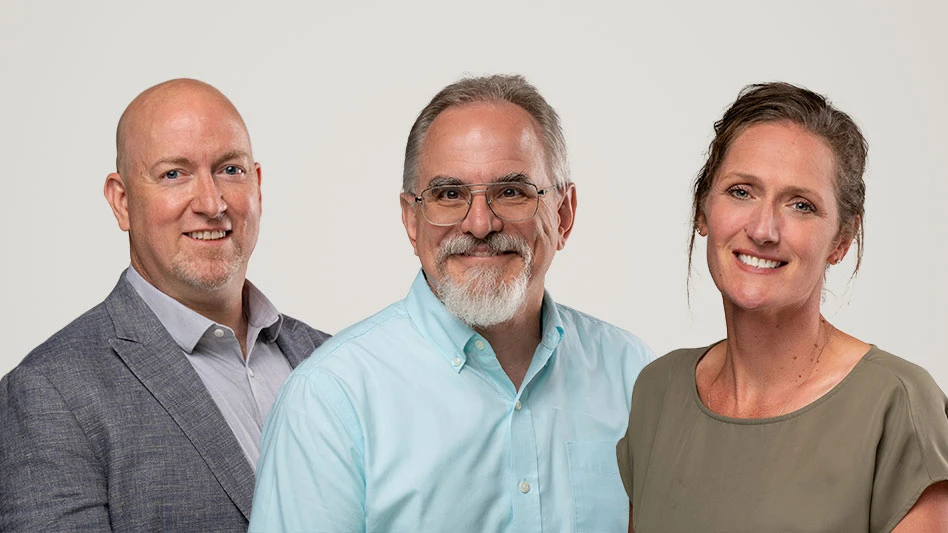
.jpg)
From the Entomological Society of America: Lanham, MD; November 12, 2012 – Recommendations and decisions to use “least toxic pesticides” and “pesticides as a last resort” have flourished in the last decade, but according to three scientific organizations – the Weed Science Society of America (WSSA), the American Phytopathological Society (APS) and the Plant-Insect Ecosystems Section of the Entomological Society of America (P-IE ESA) – these are not the correct approaches to the pesticide component of an Integrated Pest Management (IPM) program.
The three organizations have joined to take an objective look at the problems associated with “least toxic pesticides” applied as a “last resort” and today issued the following statement:
IPM is Fundamental Wherever Pests Must Be Controlled
It is essential to practice IPM, whether managing weeds, insect pests or plant diseases – on the farm, on commercial sites, on public lands, or in or around the home. Key components of IPM include making the habitat unfavorable for pests, excluding pests where feasible, using proper sanitation practices, monitoring the infestation level, knowing the pest tolerance level for the specific situation and implementing the necessary management practices.
Judicious use of pesticides is a critical component of many IPM programs. Judicious (careful) use refers to various practices – following all label directions and making all appropriate stewardship decisions required in the particular situation. This includes applying a product registered for the target pest(s) after accurate pest identification, and consideration of the level of infestation and the potential for economic, health or other negative pest impacts. Careful use extends beyond pesticides to household chemicals, automobiles, medicines, alcoholic beverages, and countless other products that are part of our daily lives.
Click here to continue reading.
Latest from Greenhouse Management
- University of Maryland graduate student receives 2024 Carville M. Akehurst Memorial Scholarship
- Applications open for Horticultural Research Institute Leadership Academy Class of 2026
- De Vroomen Garden Products announces new agapanthus variety
- Bug budget boom
- Plantpeddler announces details for Poinsettia Variety Day 2024
- ADVANCEA hosting greenhouse environmental control online course
- Making the switch: A guide to retrofit HID to LED lighting
- Tips for fast finishing





